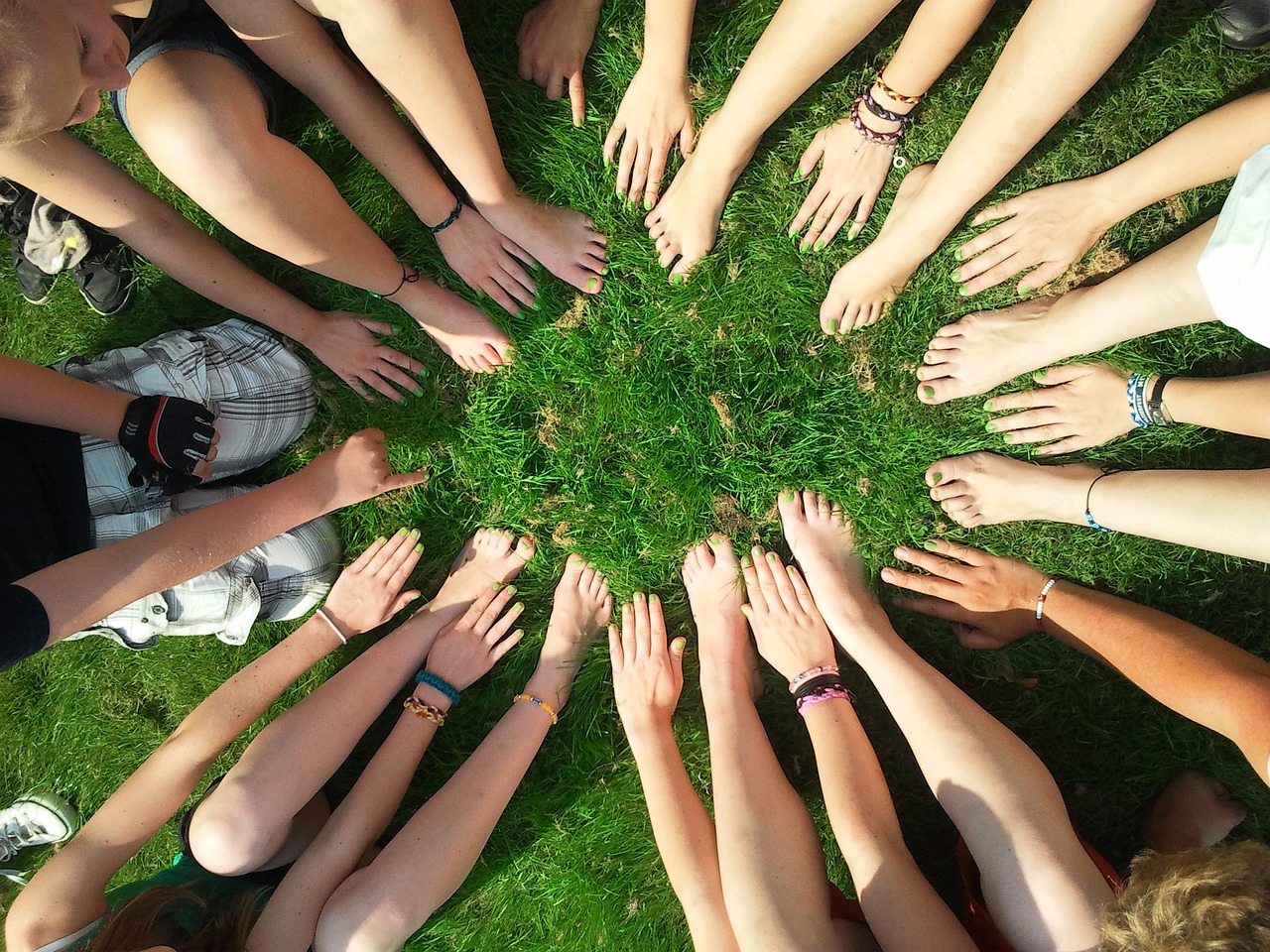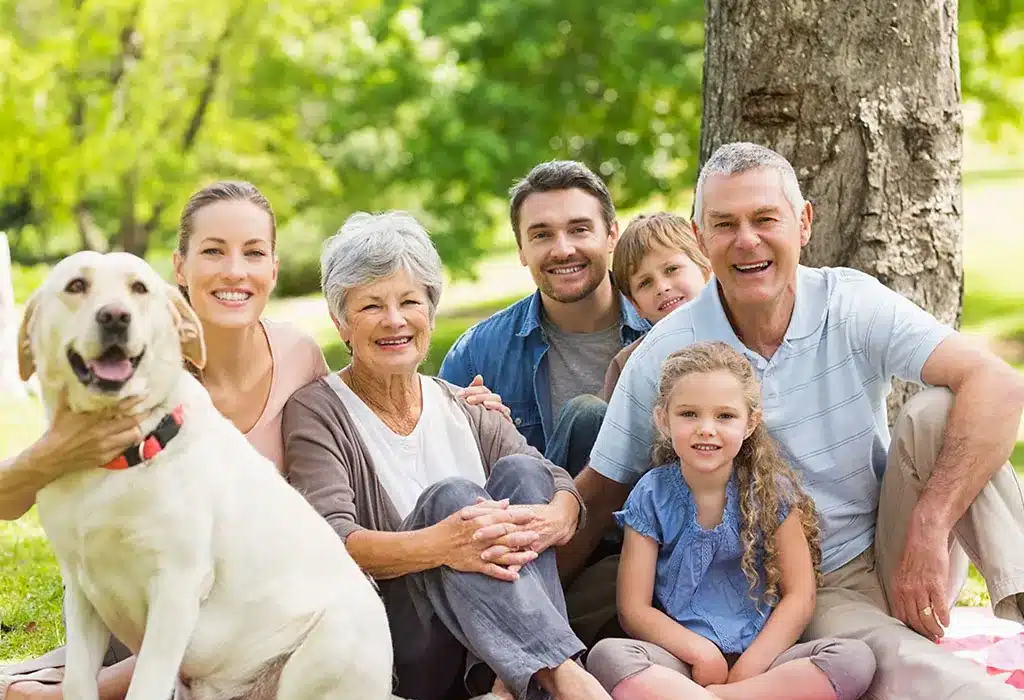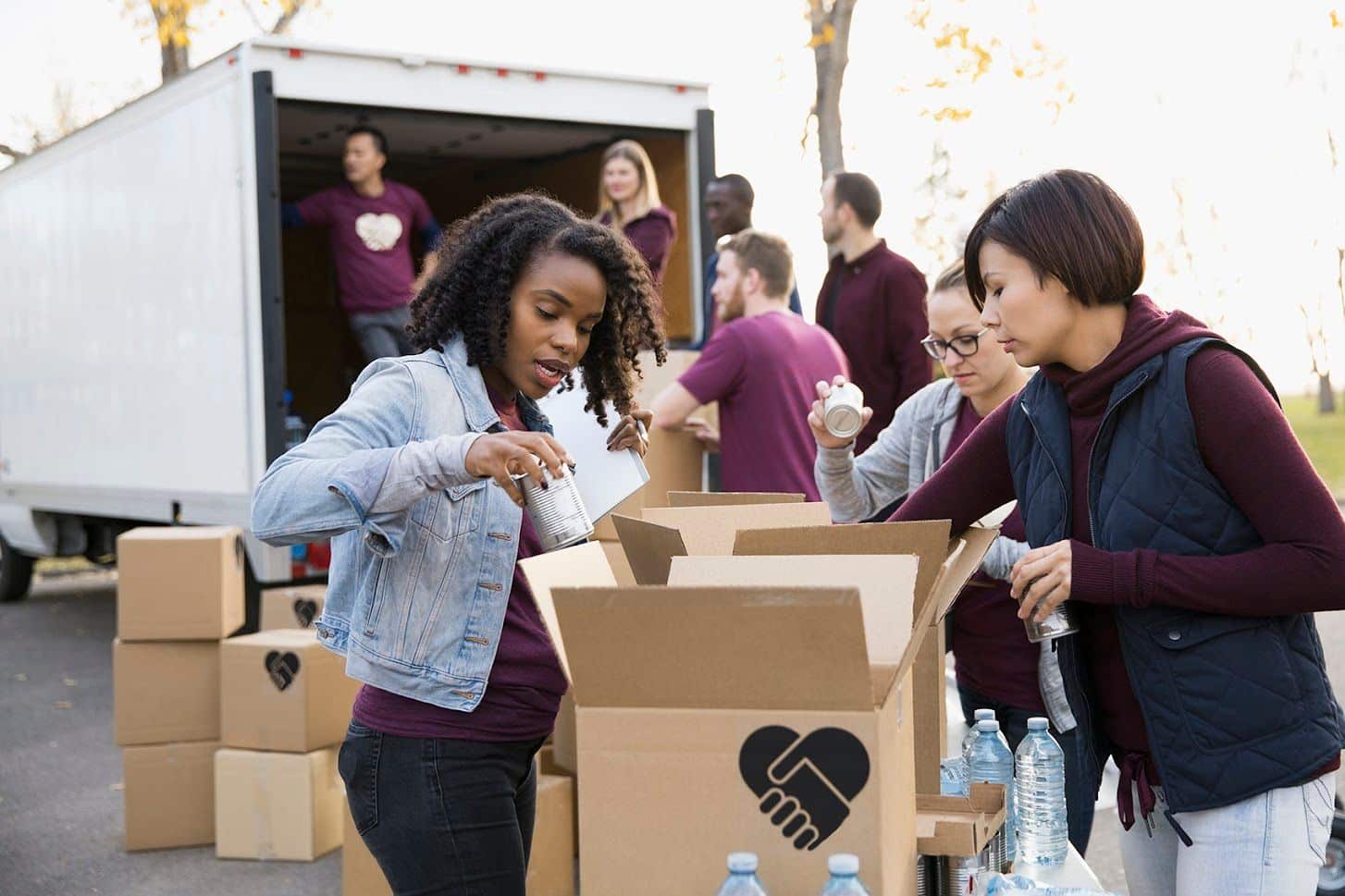
When families and individuals unite around shared goals, neighborhoods can become places where everyone feels supported and included. Meaningful collaboration encourages people to tackle local challenges, celebrate cultural diversity, and invest in the well-being of those around them.
Whether it involves organizing block parties or launching larger projects, community-driven efforts create a positive ripple effect that strengthens relationships and brings about lasting improvements.
The Role of Families in Community Improvement

Families often serve as the core of a neighborhood’s social fabric. Their daily routines, cultural traditions, and personal connections can spark initiatives that bring neighbors together. Families can attract participants from every age group by hosting events like food drives, safety workshops, or game nights, fostering a sense of unity.
Why Families Are Positioned To Lead
- Built-in support system
Families already have established communication and shared resources, making organizing and coordinating events easier. This unity can be extended to neighbors, encouraging others to collaborate and volunteer their talents. - Focus on intergenerational participation
Family-led initiatives often include people of various ages and abilities. Children learn responsibility and empathy, teenagers refine leadership skills, and adults set a positive example for the community. These intergenerational experiences create an environment where everyone feels valued. - Flexible goals and adaptability
Families typically have a strong understanding of local needs. They can pivot quickly if a pressing issue arises, whether collecting donations for a neighbor in need or scheduling a weekend clean-up at the local park.
By taking action, families inspire their neighbors to get involved. Some have explored community building in Latin American neighborhoods, highlighting how cultural traditions and close-knit support systems unite people. This collective energy can drive initiatives that address common challenges and introduce a renewed sense of pride in the place they call home.
Planning Community Initiatives
Clear planning is essential for turning ideas into impactful realities. Even the most passionate efforts can lose momentum without a well-defined vision and strategy. Effective planning provides structure, accountability, and direction, helping everyone stay focused on the collective goal.
Key Steps for Effective Planning
All great things begin with a well-thought-out plan. Start yours by doing the following:
- Identify the community’s needs
Spend time researching local issues, such as a rundown playground or a shortage of after-school programs. Gathering input from neighbors ensures that the chosen project resonates with the broader community. - Set specific, measurable goals
Define success. For example, if the goal is to revitalize a park, measure outcomes such as the number of volunteer hours contributed, new plantings added, and ongoing maintenance schedules established. - Delegate tasks and responsibilities
Breaking large undertakings into smaller tasks helps prevent burnout. Assign roles based on individual strengths, whether that’s fundraising, event planning, or crafting promotional materials. - Track progress and celebrate milestones
A timeline or checklist keeps everyone on schedule. Celebrating milestones, such as reaching fundraising targets or completing the first phase of a garden project, maintains motivation and acknowledges contributors’ efforts.
Using Visual Tools To Organize Ideas
Mind maps can be invaluable for outlining every step of a project. They allow community members to brainstorm before execution. This approach promotes creativity and helps ensure that no critical detail is overlooked. Mind mapping software lets groups collaborate in real time, share notes, and track progress as they turn conceptual plans into concrete actions.
Careers and Volunteer Roles That Benefit the Community

While day-to-day projects can have a significant impact, sustainable change often requires a longer-term commitment. Community-focused careers and volunteer opportunities invite people of all ages and backgrounds to channel their passions and skills into meaningful service. Individuals can leave a lasting mark on their neighborhoods by aligning personal interests with professional goals or volunteer roles.
Examples of Community-Focused Roles
Many careers that allow you to help your community while making a living, such as the following:
- Education and mentoring
Teachers and tutors provide academic guidance while building students’ confidence, empathy, and social skills. Adult mentors help teens explore career paths and life choices, shaping responsible future citizens. - Public health and wellness
Professionals in this field address healthcare accessibility, nutrition education, and mental health awareness. Community clinics, counseling centers, and outreach programs are vital in maintaining well-being across diverse populations. - Social work and advocacy
Social workers connect individuals to resources such as housing, financial assistance, and counseling services. Advocates also drive policy changes that support vulnerable groups and promote equitable opportunities. - Environmental and sustainability initiatives
Roles in conservation, recycling programs, and urban farming help protect local ecosystems. Efforts to maintain clean waterways and green spaces also boost tourism, property values, and community pride.
Finding the Best Fit
Those wanting to explore a more committed path should look into careers with the biggest impact on your community. These roles let people use their unique skill sets to tackle issues like education gaps, health disparities, or environmental concerns. Volunteering often offers a gateway: someone passionate about reducing waste might start by organizing neighborhood recycling drives and then transition into a career in environmental policy. Another person fascinated by youth development could host free literacy workshops before eventually becoming a teacher or counselor.
Conclusion
Strong communities emerge when people collaborate to address shared goals. Families, friends, and local organizations each play a crucial part in fostering a culture of care and cooperation. Even small gestures, like hosting a potluck for neighbors or setting up a tool-sharing program, can build momentum for larger projects and encourage wider participation.
By embracing thoughtful planning, leveraging individual strengths, and seeking relevant careers or volunteer roles, residents can create places where unity and compassion drive success.
Each step taken to improve a block or a park can inspire the next wave of community builders, strengthening local bonds in the process. A unified vision and commitment to action can transform a simple block of houses into a thriving network of neighbors who lift one another up.


